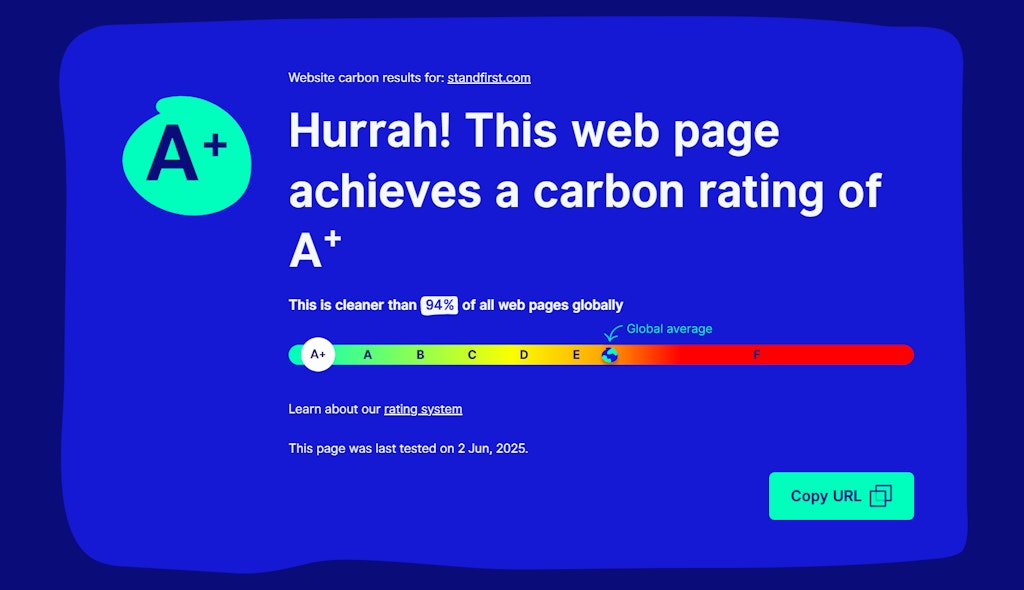I was standing in my kitchen making coffee when my Apple watch buzzed. It was a message from a friend telling me to check my emails.
By the time my coffee had finished brewing I had glanced through and discarded a number of marketing emails. Most were deleted without reading them.
But here’s what I didn’t think about in that moment: each of those emails, the ones I read, the ones I deleted, even this very blog post you’re reading right now, left a carbon footprint.
The internet isn’t some ethereal cloud floating above us. It’s a massive physical infrastructure of servers, data centres, and cables that consume enormous amounts of electricity.
Hungry for power
Digital technologies now account for around 4% of global greenhouse gas emissions. That’s roughly equivalent to the aviation industry’s carbon footprint and larger than many entire countries.
Think about that for a second.
Every Google search produces about 0.2 grams of CO2. Every email sends roughly 0.3 grams into the atmosphere. A single web page visit? That’s about 1.76 grams of carbon dioxide.
These numbers sound tiny until you multiply them by the billions of digital interactions happening every second. Tiny becomes massive.
If we factor in the demands of AI, it is truly mind blowing.
“Demand from commercial data centres will increase six-fold, just in the next ten years.” John Pettigrew (National Grid CEO).
The sophisticated computing infrastructure that supports AI systems consumes significant amounts of electricity, which is largely generated from fossil fuel sources in most locations worldwide.
Data centres are projected to represent about 2% of global electricity consumption this year, with an estimated six-fold increase in the next ten years.
Building a more sustainable digital future
The thing is, we’re not powerless in this equation and we’ve made it our mission to be part of the solution rather than the problem.
By using fewer server resources, optimising code and minimising data transfer, our sites load faster while requiring less power to create a more sustainable digital experience for everyone.
At the end of the day it’s about recognising that every website we build either contributes to the problem or helps solve it. When we optimise images, streamline code, and choose green hosting providers, we’re directly reducing the energy required every time someone visits that site.
A single optimised website might save just a few grams of CO2 per visit, but multiply that across thousands of visitors over months and years, and you’re looking at meaningful environmental impact.
If you’re curious about your website’s environmental impact, we used Website Carbon’s free calculator to measure our site’s carbon footprint. Here are our results below:

Small changes, big impact
As individuals and businesses, we can all play a role in reducing the internet’s carbon footprint. Every digital decision from hosting choices to website optimisation becomes an environmental choice. The companies that recognise this early and build sustainability into their digital DNA won’t just be doing good for the planet; they’ll be positioning themselves for a future where environmental responsibility isn’t optional.
The internet’s carbon footprint might be invisible, but its impact is undeniably real. The question isn’t whether we can afford to address it, it’s whether we can afford not to.
Interested to hear how we can help your business? Let’s talk about how we can build you a faster, more efficient, and more sustainable digital presence.
If you’d like to learn more about our digital publishing framework, head over here.



